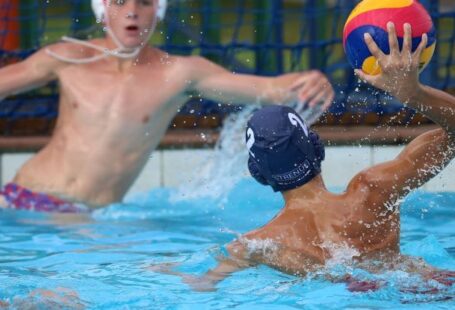Triathletes are known for their intense training regimens that encompass swimming, cycling, and running. These athletes push their bodies to the limit in each discipline, but can they benefit from incorporating brick workouts into their routines? Brick workouts, which involve combining two of the triathlon disciplines back-to-back without rest, have gained popularity in the endurance sports community for their ability to simulate race-day conditions and improve overall performance. Let’s delve into whether triathletes can truly benefit from incorporating brick workouts into their training routines.
**The Concept of Brick Workouts**
Brick workouts are so named because they build a “brick” of training by combining two disciplines together. For triathletes, this typically involves completing a bike ride immediately followed by a run or a swim followed by a bike ride. The transition between disciplines challenges the body to adapt quickly to the different muscle groups and energy systems required for each activity. This simulated race-day scenario helps triathletes prepare mentally and physically for the demands of the triathlon event.
**Improving Transition Efficiency**
One of the key benefits of incorporating brick workouts into training is the improvement in transition efficiency. Triathlons require athletes to seamlessly switch between swimming, cycling, and running, with minimal time lost during transitions. By practicing brick workouts, triathletes can refine their transition skills and learn how to quickly shift gears from one discipline to another. This can lead to faster overall race times and a competitive edge over other athletes who may struggle with transitions.
**Building Endurance and Mental Toughness**
Brick workouts are also effective in building endurance and mental toughness, both of which are crucial for success in triathlons. The back-to-back nature of brick workouts challenges athletes to push through fatigue and discomfort, teaching them to persevere when their bodies are under stress. By repeatedly subjecting themselves to the physical and mental demands of brick workouts, triathletes can develop the resilience needed to tackle long-distance races and overcome obstacles on race day.
**Specificity in Training**
Triathletes can benefit from the specificity of brick workouts in their training. By combining two disciplines in a single session, athletes can mimic the demands of a triathlon and train their bodies to perform well in succession. This targeted training approach can help triathletes better understand their pacing, nutrition needs, and overall race strategy, ultimately leading to improved race-day performance.
**Preventing Injury and Overtraining**
Incorporating brick workouts into a training routine can also help prevent injury and overtraining. By varying the types of workouts and incorporating cross-training activities, triathletes can reduce the risk of overuse injuries that are common in endurance sports. Additionally, the combination of different disciplines in brick workouts can help strengthen muscle groups that may be neglected during single-sport training, promoting overall balance and reducing the likelihood of imbalances that can lead to injury.
**Incorporating Brick Workouts Wisely**
While brick workouts offer numerous benefits for triathletes, it is essential to incorporate them wisely into a training plan. Gradually increasing the frequency and intensity of brick workouts can help athletes adapt to the demands of back-to-back training sessions without risking burnout or injury. It is also important to listen to the body and prioritize recovery to ensure that the benefits of brick workouts are maximized.
**Optimizing Performance with Brick Workouts**
In conclusion, triathletes can indeed benefit from incorporating brick workouts into their training routines. These challenging sessions help improve transition efficiency, build endurance and mental toughness, and provide specific race simulation training. By incorporating brick workouts wisely and balancing them with adequate rest and recovery, triathletes can optimize their performance and excel in the demanding sport of triathlon.





